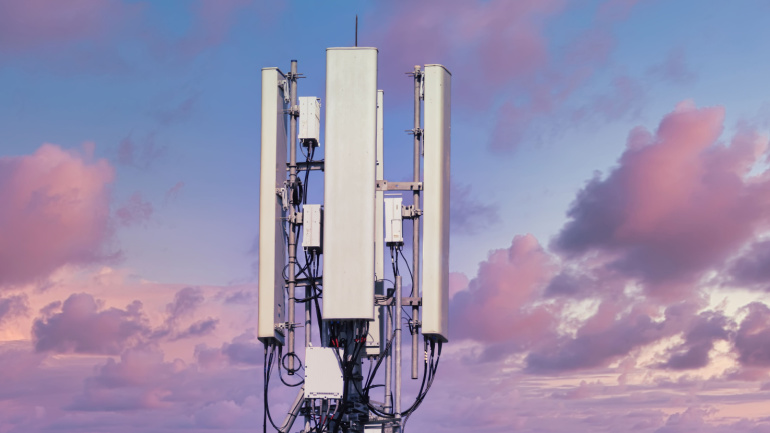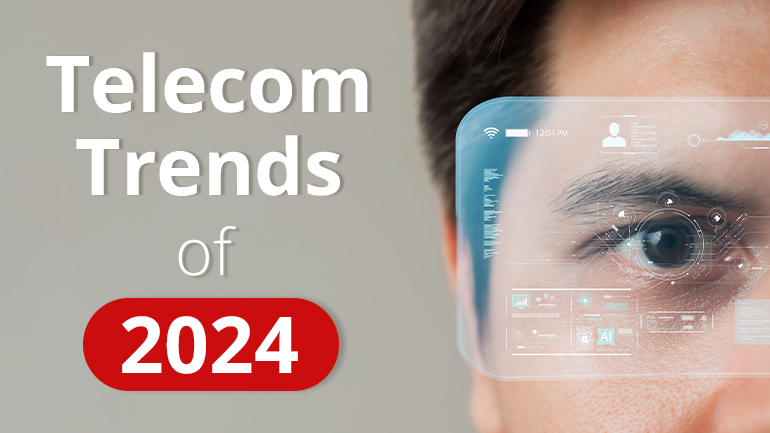NTT Docomo is set to launch New Radio dual connectivity technology, offering download speeds up to 6.6 Gbps using 5G Standalone architecture. Utilizing sub-6GHz bands and mmWave, this VoIP-enhancing tech will debut in Tokyo and Kanagawa starting August 1.
Hrvatski Telekom is set to revolutionize Croatia’s largest shipping hub with a private slice of its public 5G network at the new Port of Rijeka. This initiative, in collaboration with APM Terminals and ENNA Group, will integrate advanced 5G technology to support remote-controlled operations, enhancing environmental responsibility and operational efficiency.
BT Group, Nokia, and Qualcomm have successfully tested 5G Standalone (SA) 5CC carrier aggregation at Adastral Park, making BT the first European operator to achieve this milestone. Utilizing Qualcomm’s Snapdragon 5G Modem-RF system and Nokia’s 5G AirScale portfolio, the tests achieved downlink speeds of 1.85 Gbps, highlighting the potential of 5G SA.
Telefónica and Nokia have announced a partnership aimed at leveraging 5G Standalone (SA) capabilities to enhance network APIs, thereby supporting developers in crafting innovative use cases for consumers, enterprises, and industrial sectors. This collaboration will see Telefónica utilizing Nokia’s Network Exposure Function (NEF) to provide developers access to various advanced 5G network features.
Nokia has clinched a major deal with Uzbekistan’s Perfectum, paving the way for the deployment of Central Asia’s inaugural 5G standalone (SA) network. Under this agreement, Nokia will be the exclusive supplier, furnishing Perfectum with a comprehensive end-to-end 5G SA network, including radio access, transport, core networks, and various network automation and service applications.
In an ambitious move following its planned merger with Three UK, Vodafone has announced a significant enhancement of its network capabilities across Scotland, targeting a comprehensive deployment of 5G Standalone (SA) technology. By 2034, the telecom giant aims to cover 89% of Scotland with this advanced network, promising a substantial boost in national productivity valued at approximately £9 billion by the end of the decade.
NOC Portugal recently entered into a significant agreement with Nokia, encompassing a 5G Standalone Core implementation and a joint effort to develop APIs. This collaboration marks a step forward in NOC’s commitment to innovating in the 5G realm, offering customers new, cutting-edge services.
In 2024, the telecom industry is witnessing a transformative shift driven by evolving customer needs, technological advancements, and environmental concerns. Key trends include the rise of self-service platforms, the migration to VoIP as PSTN becomes obsolete, standalone 5G networks taking center stage, AI integration for enhanced connectivity, and a strong commitment to sustainability. These trends are reshaping how telecom carriers operate and innovate, promising new opportunities in a rapidly changing landscape.
In a groundbreaking move, Parallel Wireless, Inc., a U.S. based Open RAN innovator, has officially launched the general availability of its pioneering 5G Standalone (SA) software stack. The innovative solution, a first of its kind globally, is designed to be hardware-agnostic, allowing operators, private networks, and public safety networks to seamlessly deploy their RAN infrastructure across diverse processor hardware platforms.
In collaboration with Ericsson and Qualcomm, T-Mobile, renowned as the ‘uncarrier,’ has undertaken a groundbreaking 5G standalone (SA) test, showcasing the potential of its millimeter-wave (mmWave) spectrum. The test utilized an impressive eight channels, achieving a peak download speed of 4.3 Gbps, with uplink channels combining to reach 420 Mbps.













